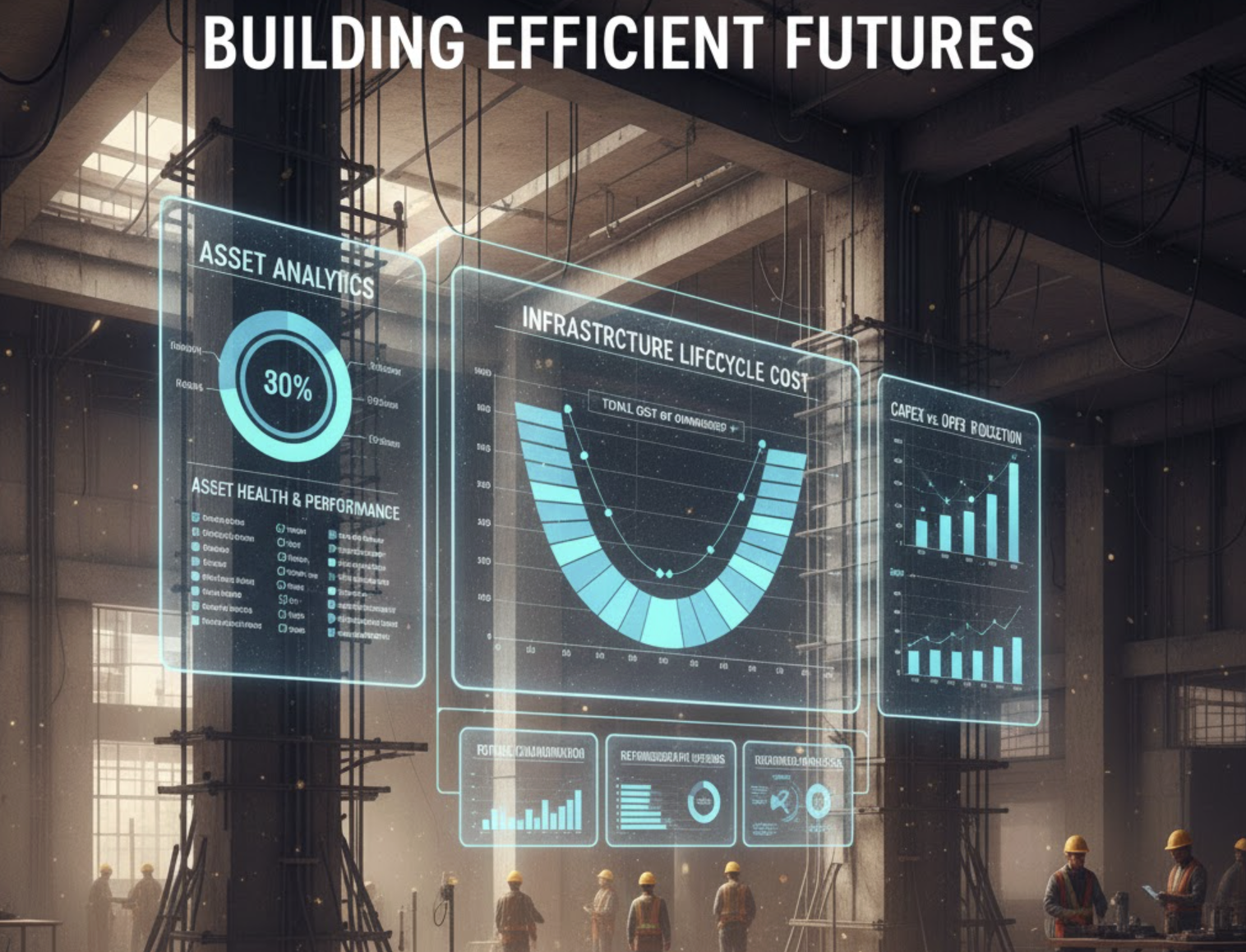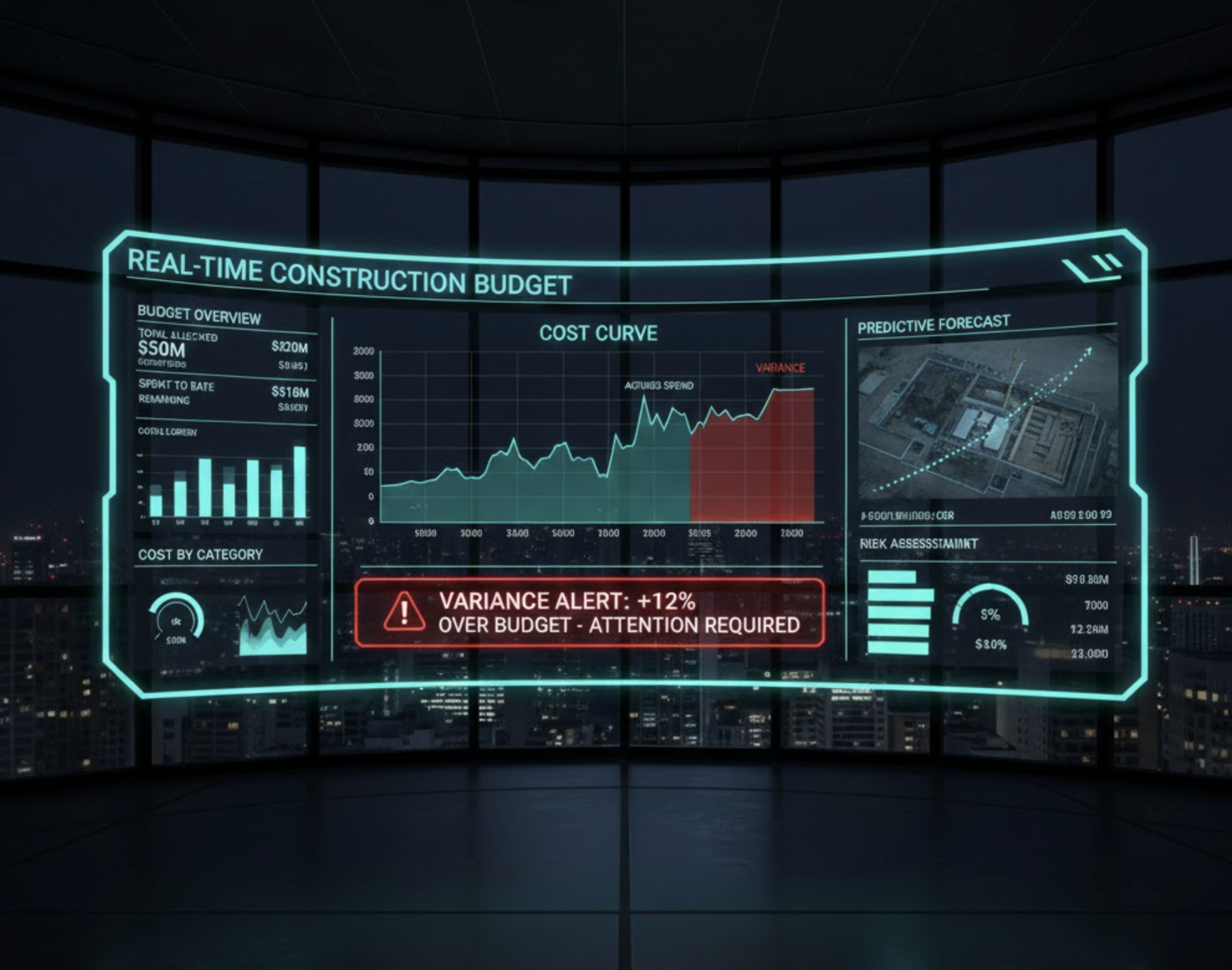The Disconnect Between Site Teams and Consultants: Fixing the Feedback Loop
In the realm of construction project management, effective communication is paramount for success. However, a notable disconnect often exists between site teams and consultants, leading to misunderstandings that can derail project timelines and inflate costs. To address these issues, it’s essential to identify the common communication barriers, implement strategies for improving communication, and adopt best practices that facilitate a robust feedback loop. In this blog, we will explore how advanced solutions like Zepth’s Construction Management Solutions can play a pivotal role in bridging this gap.
Common Communication Barriers
Lack of Clarity and Active Listening
One of the primary barriers to effective communication is the lack of clarity, which often arises from ambiguous messages and poorly defined roles among team members. This ambiguity can lead to assumptions that derail progress and foster frustration. Active listening emerges as a crucial skill to overcome this issue. Active listening goes beyond merely hearing words; it means genuinely understanding and engaging with the speaker’s message. Leaders in the construction sector can enhance active listening by modeling reflective behaviors—such as summarizing what has been said, asking clarifying questions, and giving full attention to each conversation.
Hierarchical Structures and Information Overload
Another factor contributing to communication breakdowns is the hierarchical structure typically evident within construction organizations. These structures can create silos, isolating essential information and hindering efficient dialogue between site teams and consultants. Coupled with information overload, where crucial messages can be lost amidst excessive communication, the result is a chasm that can stall projects. Flattening communication channels is essential to fostering a more collaborative environment. Utilizing targeted communication tools or platforms designed to streamline information flow can significantly combat these barriers.
Language Barriers, Cultural Differences, and Geographical Distances
Moreover, language barriers, cultural differences, and geographical distances can profoundly impair communication. To mitigate this, employing translators or interpreters, providing cultural sensitivity training, and leveraging modern communication tools capable of facilitating real-time collaboration can be effective strategies.
Strategies for Improving Communication
Transparent Communication
Promoting transparent communication is central to breaking down barriers. This involves open sharing of information, expectations, and continuous feedback to build trust and reduce the potential for misunderstandings. Regular forums for discussion and feedback should be encouraged, with an emphasis on a transparent decision-making process to bridge any gaps in communication efforts.
Integrated Project Communication
Consulting firms would benefit from adopting integrated project communication strategies that ensure alignment among all stakeholders. This approach involves the utilization of advanced communication tools designed for real-time collaboration, which not only fosters open channels but also encourages ongoing feedback, thus creating a more adaptive project environment.
Managing Miscommunication and Misunderstandings
To effectively manage miscommunication, it’s vital to establish clear protocols for clarification. Encouraging practices such as active listening and paraphrasing can empower team members to seek clarification and ensure that misunderstandings are promptly addressed, thus maintaining project momentum.
Best Practices
Regular Feedback Sessions
Establishing regular feedback sessions serves as a proactive approach toward resolving misunderstandings and nurturing a supportive culture of communication. Structuring these sessions to promote active listening and open discussions allows all members to voice their concerns and suggestions, enhancing team cohesion.
Cultural Sensitivity and Training
Moreover, investing in cultural sensitivity training helps minimize the adverse effects of cultural differences on communication. An ongoing training program ensures that all team members are aware of and respect cultural nuances, thus paving the way for a more harmonious work environment.
Secure and Confidential Communication
Maintaining confidentiality during project communication is critical, particularly when handling sensitive client information. This can be achieved through the use of encrypted communication channels and implementing stringent access controls. Non-disclosure agreements and regular security audits further bolster efforts to protect project data.
Use Cases and Emerging Innovations
Technology Integration
The incorporation of advanced communication tools and technologies can significantly enhance the feedback loop between site teams and consultants. Tools such as construction document management systems, collaboration platforms, and AI-driven communication assistants substantially facilitate real-time communications, effectively reducing the likelihood of misunderstandings.
Zepth’s Role in Construction Management
Platforms like Zepth can be instrumental in bolstering communication between construction teams and consultants by providing integrated project management solutions. Zepth’s tools are engineered to streamline both communication and document management, ensuring transparency and real-time collaboration throughout the project lifecycle. For instance, Zepth’s Document Register centralizes document handling, ensuring all stakeholders have access to up-to-date information and facilitating quicker feedback loops.
Statistics and Impact
Project Delays and Rework
It’s vital to note that miscommunication can lead to considerable project delays and rework. Research indicates that effective communication can reduce project delays by an impressive 30% and rework by up to 25%. These figures stress the importance of fostering sound communication habits within construction teams.
Client Satisfaction
Ultimately, addressing the feedback loop between site teams and consultants can lead to remarkable improvements in client satisfaction. Enhanced communication fosters an environment of trust, clarity, and accountability, all of which contribute to higher client satisfaction rates and the development of stronger, long-term relationships.
By systematically addressing these communication barriers and implementing the aforementioned strategies, construction teams and consulting firms can significantly improve their feedback loops. This, in turn, leads to enhanced project execution, greater collaboration, and superior client satisfaction—all crucial elements for thriving in today’s competitive construction landscape.




